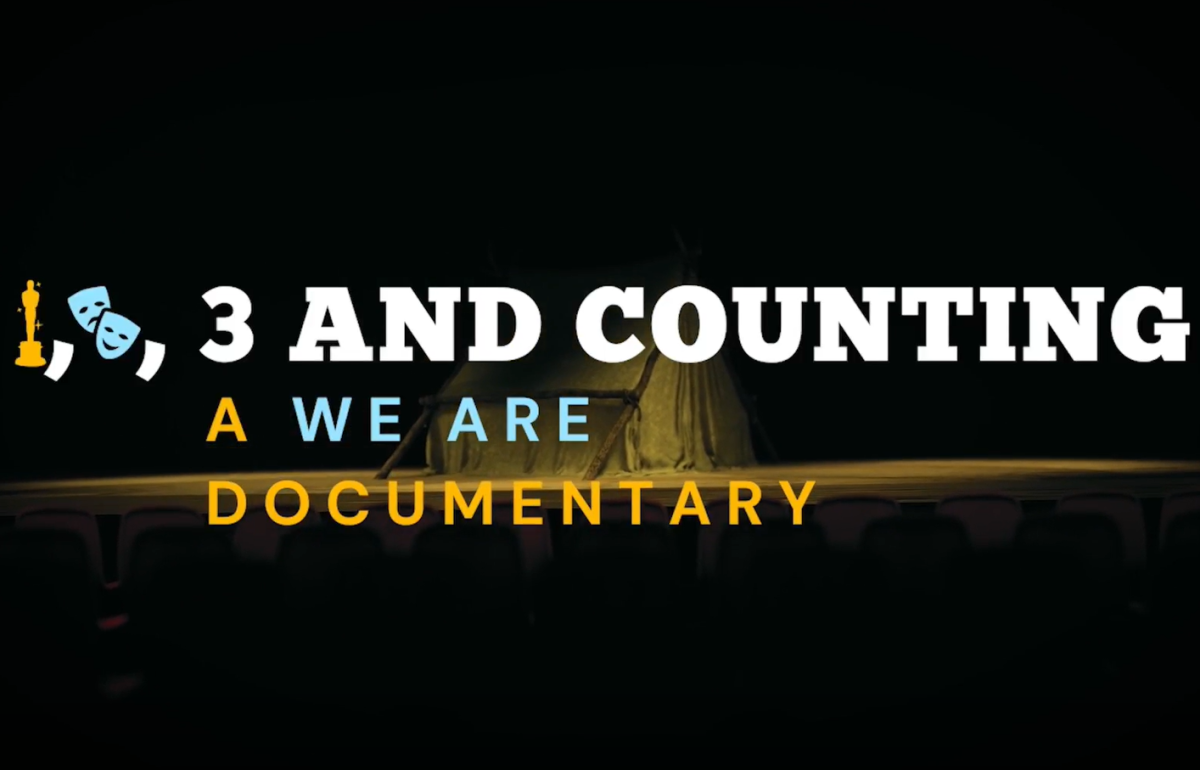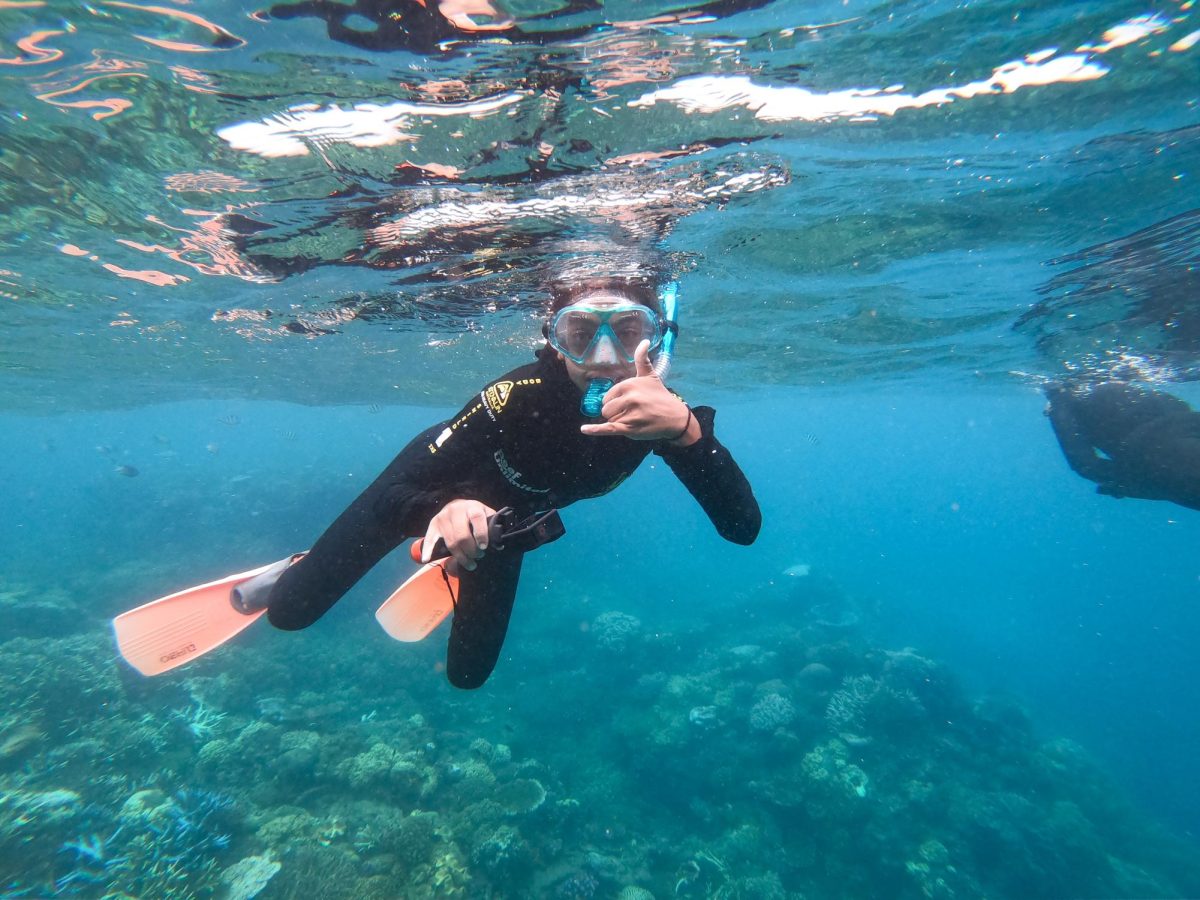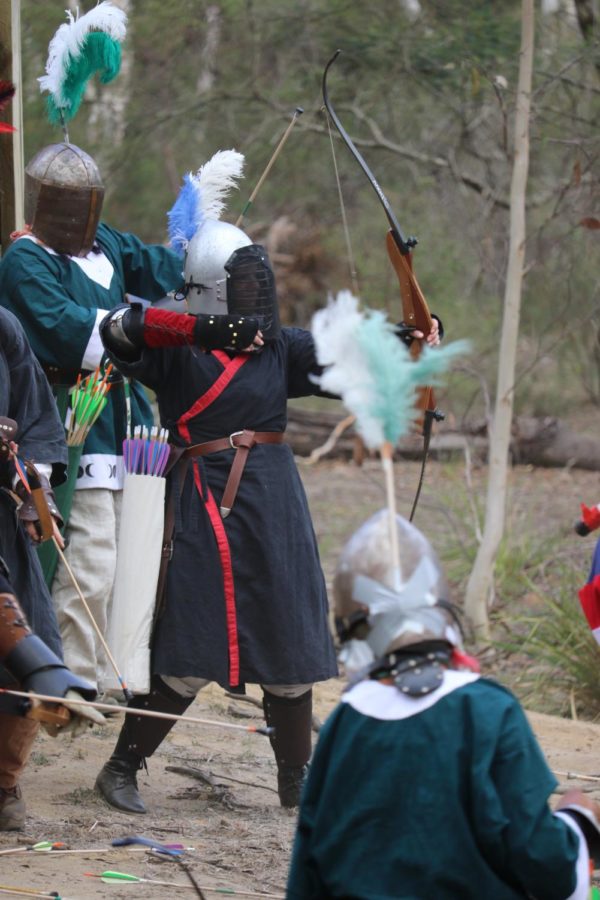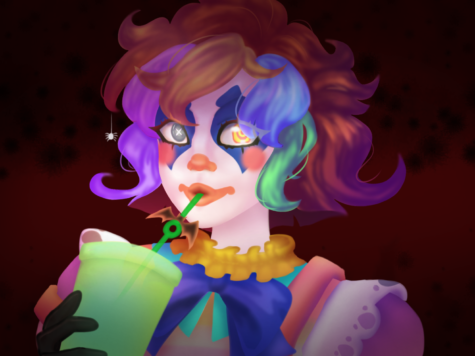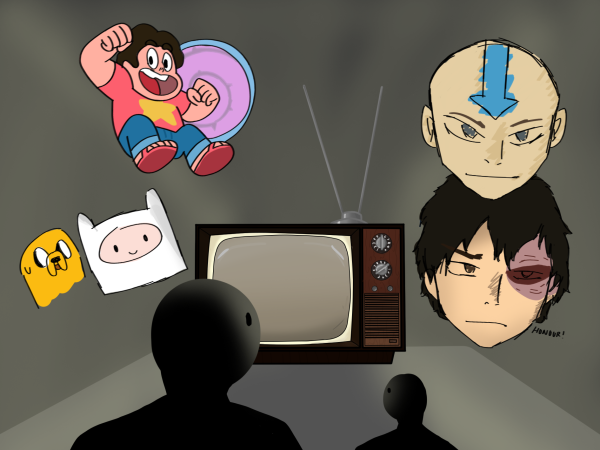A Day in the Life of a Time Traveller
April 4, 2023
What are you planning to do during the April holidays? Perhaps you’re planning on spending some time relaxing at home, unwinding with a book or a video game, or catching up on a TV series you’ve been waiting to binge. Maybe you’re heading off with your family for an awesome holiday you’ve been looking forward to for ages. Some of you might be embarking on an adventure into the great outdoors, as the camping sale in the Aldi catalogue every year tells me that Easter is apparently prime time for a camping getaway.
I’m going to be camping, but it’s not your average camping holiday. It’s a camping trip that takes me back in time.
Well, not literally, because time travel is currently impossible, although as a history teacher, I keenly await the day I can jump into a time machine. But I will be camping with a difference, because my camping trip involves dressing, eating, crafting, and fighting like I’ve been transported back to before the 1600s.
Many students know a bit about my hobby, particularly if you’ve had me as a teacher for Year 8 History, where I frequently and unashamedly use the unit on Medieval Europe to tell my captive audience all about my favourite period of history. But I thought I would use the teacher takeover of We Are to give you some insight into the world of medieval re-enactment.
Let’s start with the basics. There are several medieval re-enactment groups, and the one I’m a part of is called the Society for Creative Anachronism, or the SCA. We called ourselves ‘Scadians’ for short. This particular group began in the USA in the 1960s and now has branches across the world and runs as a non-profit volunteer organisation. There are twenty larger geographic areas known as kingdoms (ruled by Kings and Queens) and within each kingdom are regional groups, which have different names depending on their size (for example, a principality, barony, canton, shire, or college for university groups). I first joined in 2008 through the group at the University of Sydney (known as the College of St Ursula) and have continued as part of the Sydney group (the Barony of Rowany) ever since I graduated. Some people go on to form households, which are smaller groups of people within these geographic areas with common interests and goals. Most people choose a ‘persona’ for their hobby, generally based on a specific time and place, where they choose a name that matches their persona and focus on clothing from that time period. You can also register your name and a heraldic device, so you have your own personal heraldry to display.
The SCA is a very large organisation – it’s so big that we have our own Boards of Directors – so I can’t cover all aspects of it here. But I can give you a bit of an insight into the average day at Rowany Festival, the largest annual event we hold in Australia, which happens every year over the April holidays. I camp with my household, and we normally set up a large canvas tent (which we nicknamed the ‘circus tent’ because it’s the same shape as the Circus Maximus in Rome – we do love a good history joke) where we cook and have our meals together. Throughout the day you’ll find us hanging around here doing all kinds of things: sewing, leatherwork, spinning, weaving, and prepping food. Each day there’s a timetable of events to cover all aspects of medieval life. There are Arts and Sciences classes – basically, anything to do with medieval arts and crafts, like baking, dancing, brewing, and cooking. There’s target archery over on the archery range. Then there are the martial pursuits, which we divide into rapier (fencing) and heavy combat (wooden swords and shields are the most common choices, but people also use other types such as one-handed weapons or polearms). These can involve tourneys, where we fight one on one or in groups, or war scenarios, where we fight in much larger groups and often use the fort we’ve built on the Festival site for some added challenges. Archers can also go to war, using rubber-tipped blunt arrows. Like any sport, fighting involves proper equipment (in this case, armour which must meet the SCA requirements) and clear rules of engagement (for example, we carefully calibrate the strength of our hits so we don’t injure each other, and a hit in the head or chest means an immediate ‘death’, while a hit to the arm or leg means you can no longer use that limb). Sometimes there’s a court, where the King and Queen or Baron and Baroness address the populace and give out awards (we have all kinds of awards for different things people do within the SCA). When the day is done, we’ll gather around the campfire, catching up with friends we haven’t seen in a while from across the country, telling jokes and stories, and enjoying being out under the stars.
Of course, this is a hobby that goes beyond the annual camping trip. We have all kinds of events throughout the year, such as feasts and tourneys, other weekend camping events, as well as regular fighter and archery practice and Arts and Sciences days. And there’s a lot more I haven’t the space to tell you about here, like how someone becomes King or Queen, or what the difference is between a Duchess, Countess, and Baroness. It’s a huge part of my life and has led to the formation of some of my closest friendships. I can’t tell you how glad I am I finally decided to do something with my love of medieval history and signed up at the O-Week stall fifteen years ago.
So, I hope you’ve enjoyed this brief journey through a day in the life of a medieval re-enactor, and I assure you, if you have any questions, I’m always happy to talk about my awesome hobby!
*This article was written as a part of Teacher Takeover.



